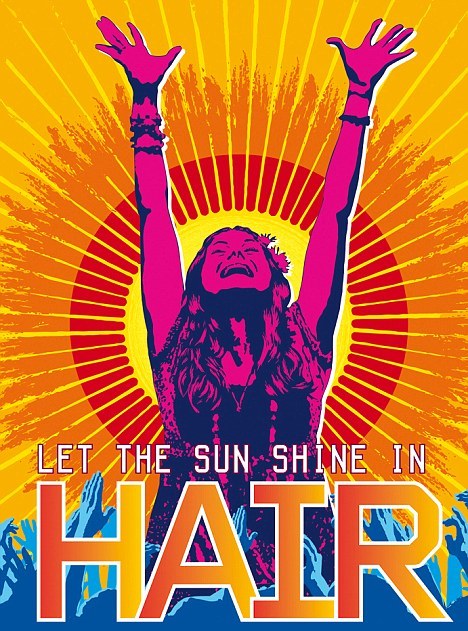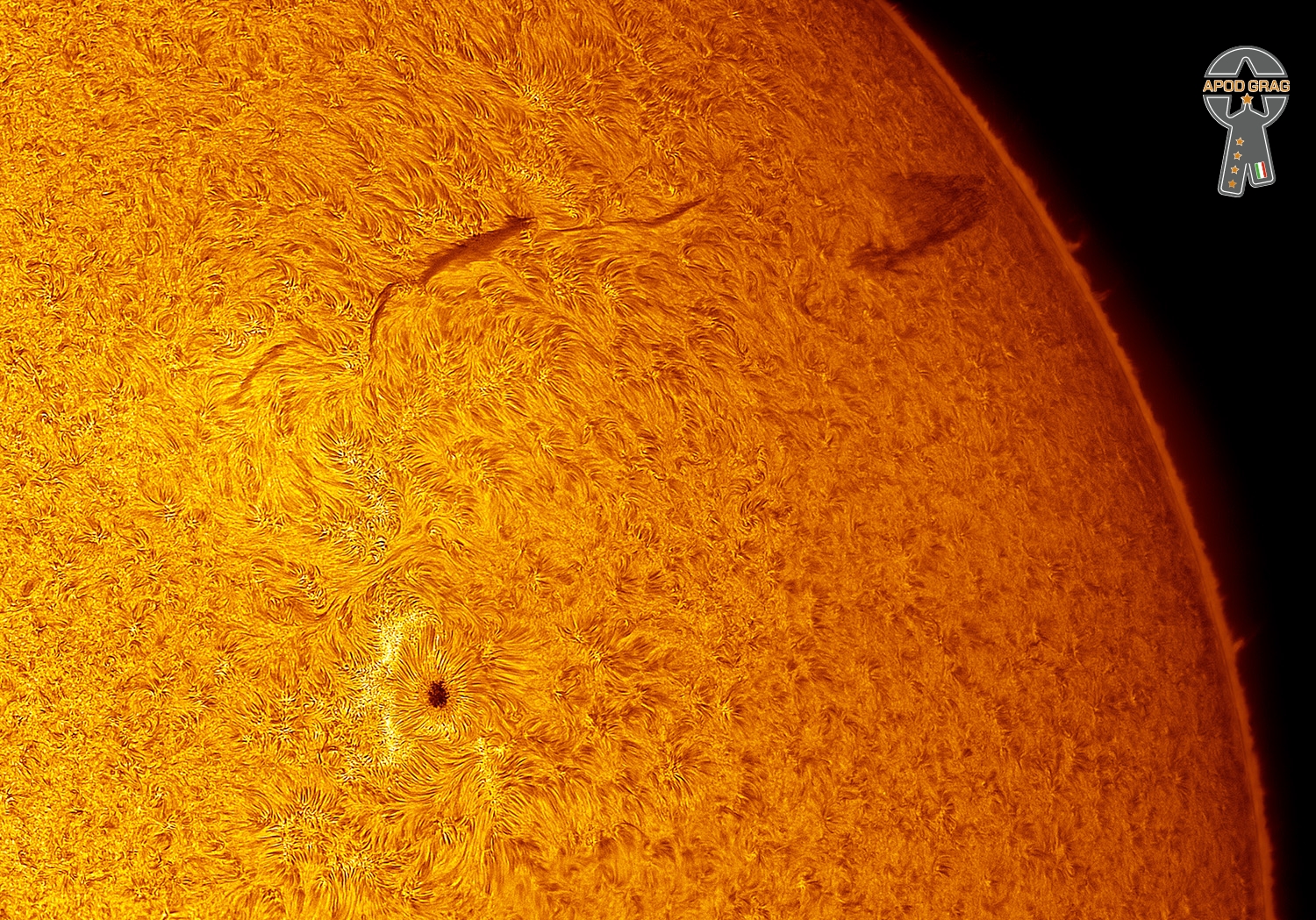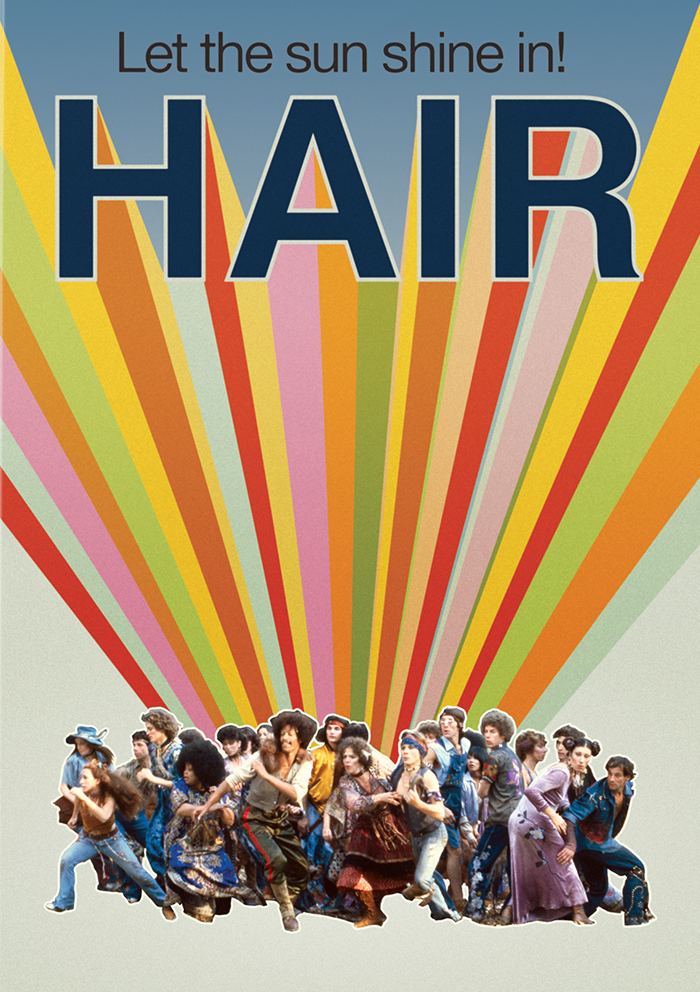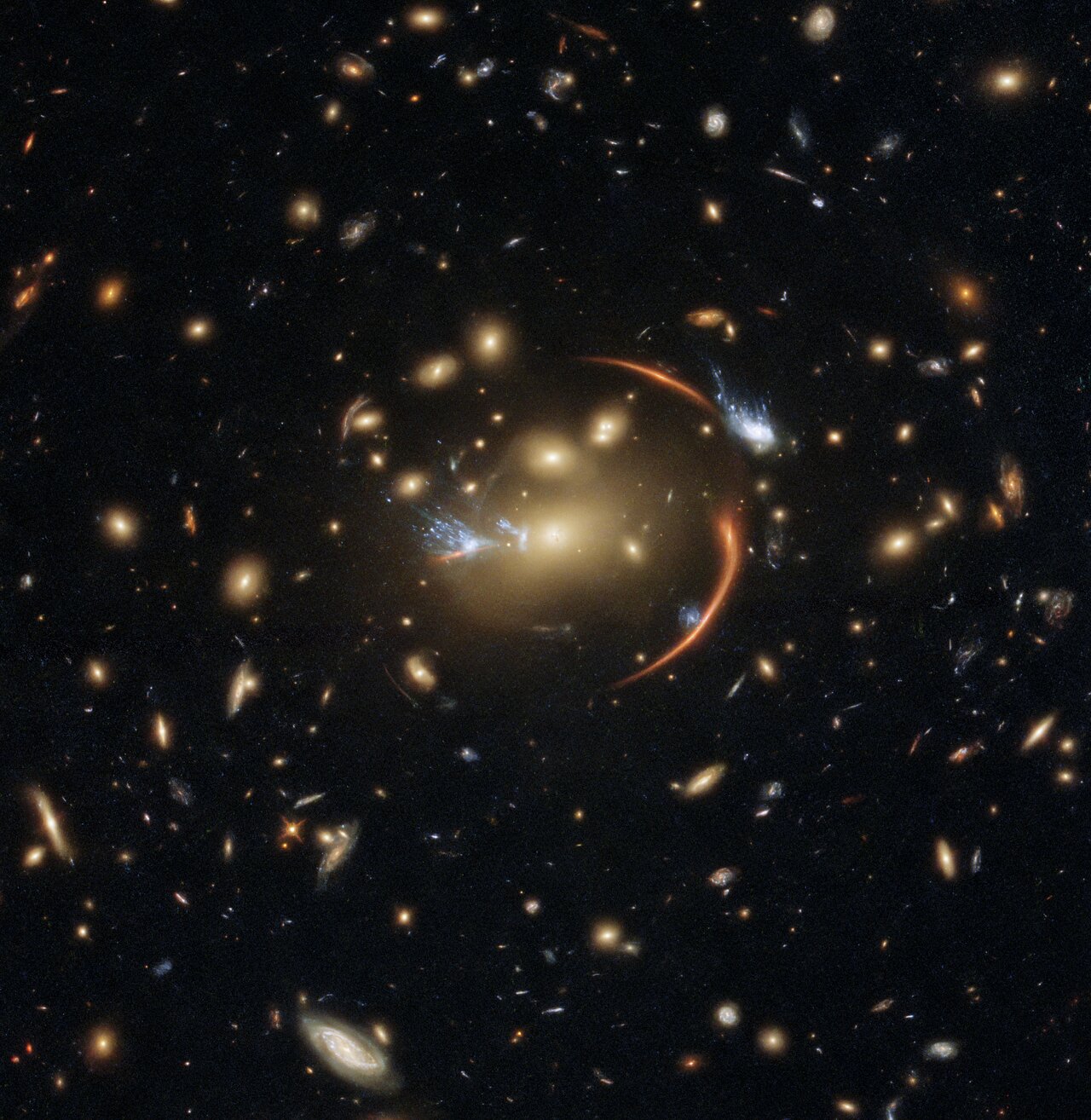Blog
Charles Lawrence Persip (July 26, 1929 – August 23, 2020), known as Charli Persip and formerly as Charlie Persip (he changed the spelling of his name to Charli in the early 1980s), was an American jazz drummer.
Born in Morristown, New Jersey, and raised in Newark, New Jersey, Persip attended West Side High School, preferring it over Newark Arts High School because he wanted to join the former’s football team. He later studied drums with Al Germansky in Newark. After playing with Tadd Dameron in 1953, he gained recognition as a jazz drummer as he toured and recorded with Dizzy Gillespie’s big and small bands between 1953 and 1958. He then joined Harry “Sweets” Edison’s quintet and later the Harry James Orchestra before forming his own group, the Jazz Statesmen, with Roland Alexander, Freddie Hubbard, and Ron Carter in 1960.
more...Joanne Brackeen (born Joanne Grogan; July 26, 1938) is an American jazz pianist and music educator.
Joanne Grogan was born in Ventura, California and attended the Los Angeles Conservatory of Music. She was a fan of pop pianist Frankie Carle before she became enamored with the music of Charlie Parker. In the 1950s she performed with Dexter Gordon, Teddy Edwards, and Charles Brackeen. She and Brackeen married and moved to New York City in 1965. She performed with Chick Corea, Freddie McCoy, and Ornette Coleman.She played with Joe Henderson (1972–75) and Stan Getz (1975–77) before leading her own trio and quartet. Brackeen established herself as a cutting edge pianist and composer through her appearances around the world, and her solo performances also cemented her reputation as one of the most innovative and dynamic of pianists. Her trios featured such noted players as Clint Houston, Eddie Gómez, John Patitucci, Jack DeJohnette, Cecil McBee, and Billy Hart.
more...Erskine Ramsay Hawkins (July 26, 1914 – November 11, 1993) was an American trumpeter and big band leader from Birmingham, Alabama, dubbed “The 20th Century Gabriel”. He is best remembered for composing the jazz standard “Tuxedo Junction” (1939) with saxophonist and arranger Bill Johnson. The song became a hit during World War II, rising to No. 7 nationally (version by the Erskine Hawkins Orchestra) and to No. 1 nationally (version by the Glenn Miller Orchestra). Vocalists who were featured with Erskine’s orchestra include Ida James, Delores Brown, and Della Reese. Hawkins was named after Alabama industrialist Erskine Ramsay.
Erskine Hawkins was named by his parents after Alabama industrialist Erskine Ramsay who was rewarding parents with savings accounts for them for doing so. Hawkins attended Councill Elementary School and Industrial High School (now known as Parker High School) in Birmingham, Alabama. At Industrial High School, he played in the band directed by Fess Whatley, a teacher who taught many African-American musicians, many of whom worked with such musicians as Duke Ellington, Lucky Millinder, Louis Armstrong and Skitch Henderson (of the NBC Orchestra.)
more...HAIR final performance by Theatre 55 performing at Caponi Art Sunday matinee 7-25-21 3pm. Music by Victor Zupanc, Jamie Carter, Devon Olson and mick laBriola.

HAIR Logo (hi res).jpg
The solar active region AR 2833 resumed on 17 June 2021 from Casalgrande (RE). The image is a mosaic of 3 panels taken with Tecnosky Acro 152 / 900mm at 3600mm focal length on a SkyWatcher NEQ 6 Pro mount. Daystar Quark chromosphere and ZWO ASI 174MM

Steven Benjamin Goodman (July 25, 1948 – September 20, 1984) was an American folk and country singer-songwriter from Chicago. He wrote the song “City of New Orleans,” which was recorded by Arlo Guthrie and many others including John Denver, The Highwaymen, and Judy Collins; in 1985, it received a Grammy award for best country song, as performed by Willie Nelson. Goodman had a small but dedicated group of fans for his albums and concerts during his lifetime. His most frequently sung song is the Chicago Cubs anthem, “Go Cubs Go“. Goodman died of leukemia in September 1984.
Born on Chicago’s North Side to a middle-class Jewish family, Goodman began writing and performing songs as a teenager, after his family had moved to the near north suburbs. He graduated from Maine East High School in Park Ridge, Illinois, in 1965, where he was a classmate of Hillary Clinton‘s. Before that, however, he began his public singing career by leading the junior choir at Temple Beth Israel in Albany Park. In the fall of 1965, he entered the University of Illinois and pledged the Sigma Alpha Mu fraternity, where he, Ron Banyon, and Steve Hartmann formed a popular rock cover band, “The Juicy Fruits”. He left college after one year to pursue his musical career. In the early spring of 1967, Goodman went to New York, staying for a month in a Greenwich Village brownstone across the street from the Cafe Wha?, where Goodman performed regularly during his brief stay there.
more...Donald Johnson Ellis (July 25, 1934 – December 17, 1978) was an American jazz trumpeter, drummer, composer, and bandleader. He is best known for his extensive musical experimentation, particularly in the area of time signatures. Later in his life he worked as a film composer, contributing a score to 1971’s The French Connection and 1973’s The Seven-Ups. Ellis was born in Los Angeles, California, on July 25, 1934. His father was a Methodist minister and his mother a church organist. He attended West High School in Minneapolis, MN. After attending a Tommy Dorsey Big Band concert, he first became interested in jazz. Other early inspirations were Louis Armstrong and Dizzy Gillespie. He graduated from Boston University in 1956 with a music composition degree.
Ellis’s last known public performance took place on April 21, 1978, at the Westside Room in Century City. After this, his doctor ordered him to refrain from touring and playing trumpet because it was too stressful on his heart. On December 17, 1978, after seeing a Jon Hendricks concert, Ellis suffered a fatal heart attack at his North Hollywood home where his parents were staying with him. His heart condition is believed to have been cardiac arrhythmia. He was 44. Ellis was buried in the Sheltering Hills section, of Forest Lawn Memorial Park, in Hollywood Hills, California.
https://www.youtube.com/watch?v=5mmaBEpZfdE
more...Semmangudi Radhakrishna Srinivasa Iyer (25 July 1908 – 31 October 2003) was an Indian Carnatic vocalist. He, along with his contemporaries G.N. Balasubramaniam and Madurai Mani Iyer, are referred to as the 20th century male trinity of Carnatic music. He was the youngest recipient of the Sangeetha Kalanidhi awarded by the Music Academy in 1947 and has received many awards including Padma Bhushan and Padma Vibhushanfrom the Government of India, Sangeet Natak Academy award (1953), Isai Perarignar from Government of Tamil Nadu and Kalidas Samman from Government of Madhya Pradesh. He was affectionately addressed as “Semmangudi Maama” (Semmangudi Uncle) by his disciples. He was also considered the “Pitamaha” or the grand sire of modern Carnatic Music. He was conferred with an honorary doctorate by University of Kerala in 1979.
more...Cornelius “Johnny” Hodges (July 25, 1907 – May 11, 1970) was an American alto saxophonist, best known for solo work with Duke Ellington‘s big band. He played lead alto in the saxophone section for many years. Hodges was also featured on soprano saxophone, but refused to play soprano after 1946. He is considered one of the definitive alto saxophone players of the big band era (along with Benny Carter).
After beginning his career as a teenager in Boston, Hodges began to travel to New York and played with Lloyd Scott, Sidney Bechet, Luckey Robertsand Chick Webb. When Ellington wanted to expand his band in 1928, Ellington’s clarinet player Barney Bigard recommended Hodges. His playing became one of the identifying voices of the Ellington orchestra. From 1951 to 1955, Hodges left the Duke to lead his own band, but returned shortly before Ellington’s triumphant return to prominence – the orchestra’s performance at the 1956 Newport Jazz Festival.
Hodges was born in the Cambridgeport neighborhood of Cambridge, Massachusetts, to John H. Hodges and Katie Swan Hodges, both originally from Virginia. After moving for a short period of time to North Cambridge, the family moved to Hammond Street in the South End of Boston, where he grew up with baritone saxophonist Harry Carney, and saxophonists Charlie Holmes and Howard E. Johnson. His first instruments were drums and piano. While his mother was a skilled piano player, Hodges was mostly self-taught.
more...HAIR songs performed by Theatre 55 tonight Saturday 7-24-21 at 7pm. Music by Victor Zupanc, Jamie Carter, Devon Olson and mick laBriola

The centre of this image from the NASA/ESA Hubble Space Telescope is framed by the tell-tale arcs that result from strong gravitational lensing, a striking astronomical phenomenon which can warp, magnify, or even duplicate the appearance of distant galaxies. Gravitational lensing occurs when light from a distant galaxy is subtly distorted by the gravitational pull of an intervening astronomical object. In this case, the relatively nearby galaxy cluster MACSJ0138.0-2155 has lensed a significantly more distant quiescent galaxy — a slumbering giant known as MRG-M0138 which has run out of the gas required to form new stars and is located 10 billion light years away. Astronomers can use gravitational lensing as a natural magnifying glass, allowing them to inspect objects like distant quiescent galaxies which would usually be too difficult for even Hubble to resolve. This image was made using observations from eight different infrared filters spread across two of Hubble’s most advanced astronomical instruments: the Advanced Camera for Surveys and the Wide Field Camera 3. These instruments were installed by astronauts during the final two servicing missions to Hubble, and provide astronomers with superbly detailed observations across a large area of sky and a wide range of wavelengths.

Jon Faddis (born July 24, 1953) is an American jazz trumpet player, conductor, composer, and educator, renowned for both his playing and for his expertise in the field of music education. Upon his first appearance on the scene, he became known for his ability to closely mirror the sound of trumpet icon Dizzy Gillespie, who was his mentor along with pianist Stan Kenton and trumpeter Bill Catalano.
Jon Faddis was born in Oakland, California, in 1953. At 18, he joined Lionel Hampton‘s big band before joining the Thad Jones/Mel Lewis Orchestraas lead trumpet. After playing with Charles Mingus in his early twenties, Faddis became a noted studio musician in New York City, appearing on many pop recordings in the late 1970s and early 1980s.
more...Charles McPherson (born July 24, 1939) is an American jazz alto saxophonist born in Joplin, Missouri, and raised in Detroit, Michigan, who worked intermittently with Charles Mingus from 1960 to 1974, and as a performer leading his own groups.
McPherson also was commissioned to help record ensemble renditions of pieces from Charlie Parker on the 1988 soundtrack for the film Bird.
more...Billy Taylor (July 24, 1921 – December 28, 2010) was an American jazz pianist, composer, broadcaster and educator. He was the Robert L. Jones Distinguished Professor of Music at East Carolina University in Greenville, and from 1994 was the artistic director for jazz at the John F. Kennedy Center for the Performing Arts in Washington, D.C.
A jazz activist, Taylor sat on the Honorary Founders Board of The Jazz Foundation of America, an organisation he founded in 1989, with Ann Ruckert, Herb Storfer and Phoebe Jacobs, to save the homes and the lives of America’s elderly jazz and blues musicians, later including musicians who survived Hurricane Katrina.
Taylor was a jazz educator, who lectured in colleges, served on panels and travelled worldwide as a jazz ambassador. Critic Leonard Feather once said, “It is almost indisputable that Dr. Billy Taylor is the world’s foremost spokesman for jazz.”
Taylor was born in Greenville, North Carolina, but moved to Washington, D.C., when he was five years old. He grew up in a musical family and learned to play different instruments as a child, including guitar, drums and saxophone. He was most successful at the piano, and had classical piano lessons with Henry Grant, who had educated Duke Ellington a generation earlier. Taylor made his first professional appearance playing keyboard at the age of 13 and was paid one dollar.
more...The XXXII Olympiad labeled Olympic Games Tokyo 2020 have begun with the Ceremony broadcast this morning in USA. With absolutely no audience members attending because of COVID the games are moving on, unprecedented and remarkable! I honor the Olympics as one of the most Positive Events in the entire world. Bringing together all cultures of people together to Celebrate Life without politics, judgement, bias, violence, manipulation, racism, disease or devastation. Love It.

More Posts
- Béla Bartók
- Aretha Franklin
- Paul Motian
- Cecil Taylor
- World Music Kyenkyen Bi Adi M’awu
- Daily Roots Rupie Edwards
- Echos of Freedom H.P. Lovecraft
- Cosmo NGC 5530
- Lee Oskar
- Paul McCandless
- Boogie Bill Webb
- Carol Kaye
- Georg Philipp Telemann
- Steve Kuhn
- World Music Elana Sasson · Matthieu Saglio
- Daily Roots Cornell Campbell
- Cosmo Vela SNR
- Chaka Khan
- David Grisman
- Robert Cage